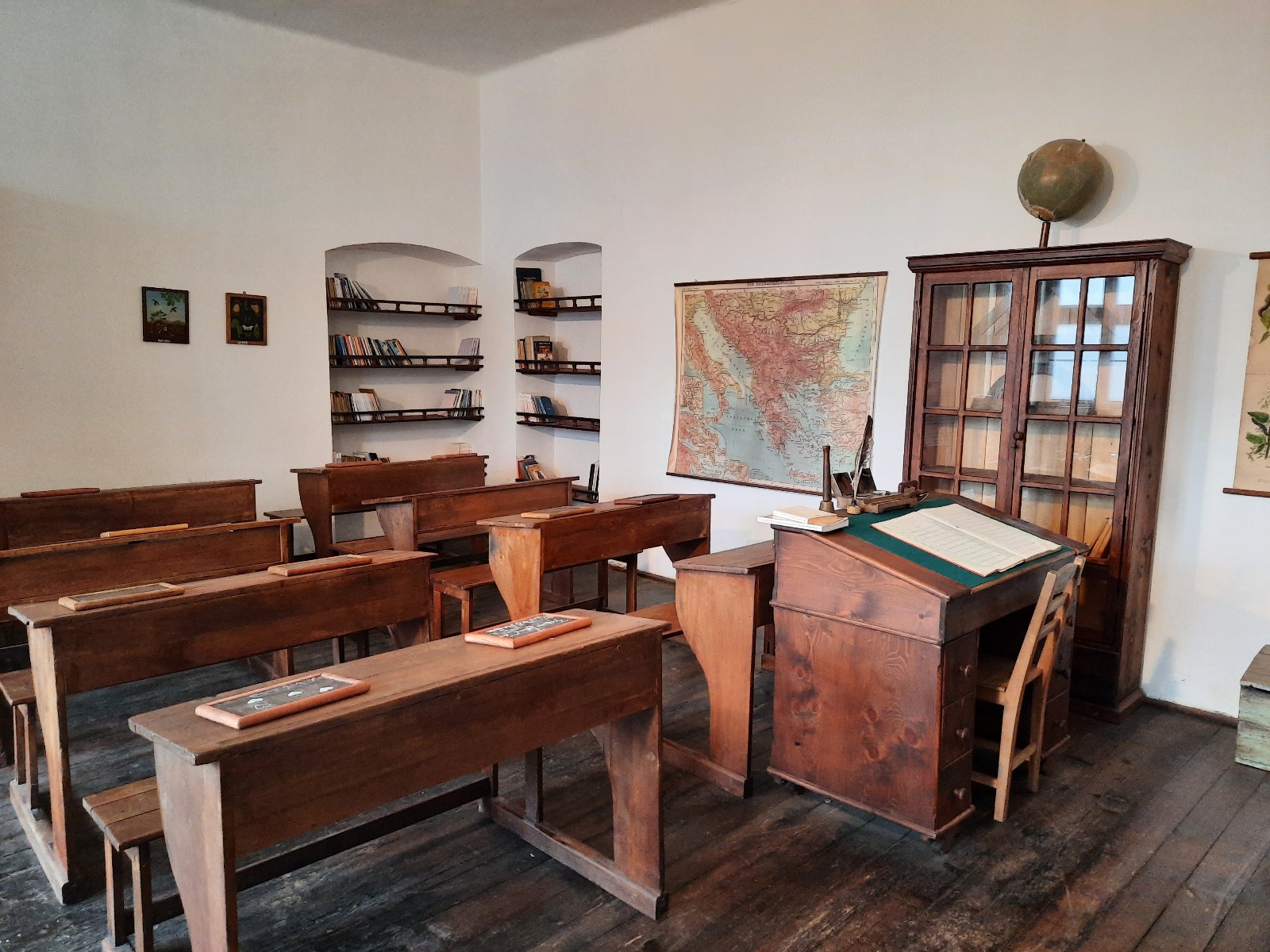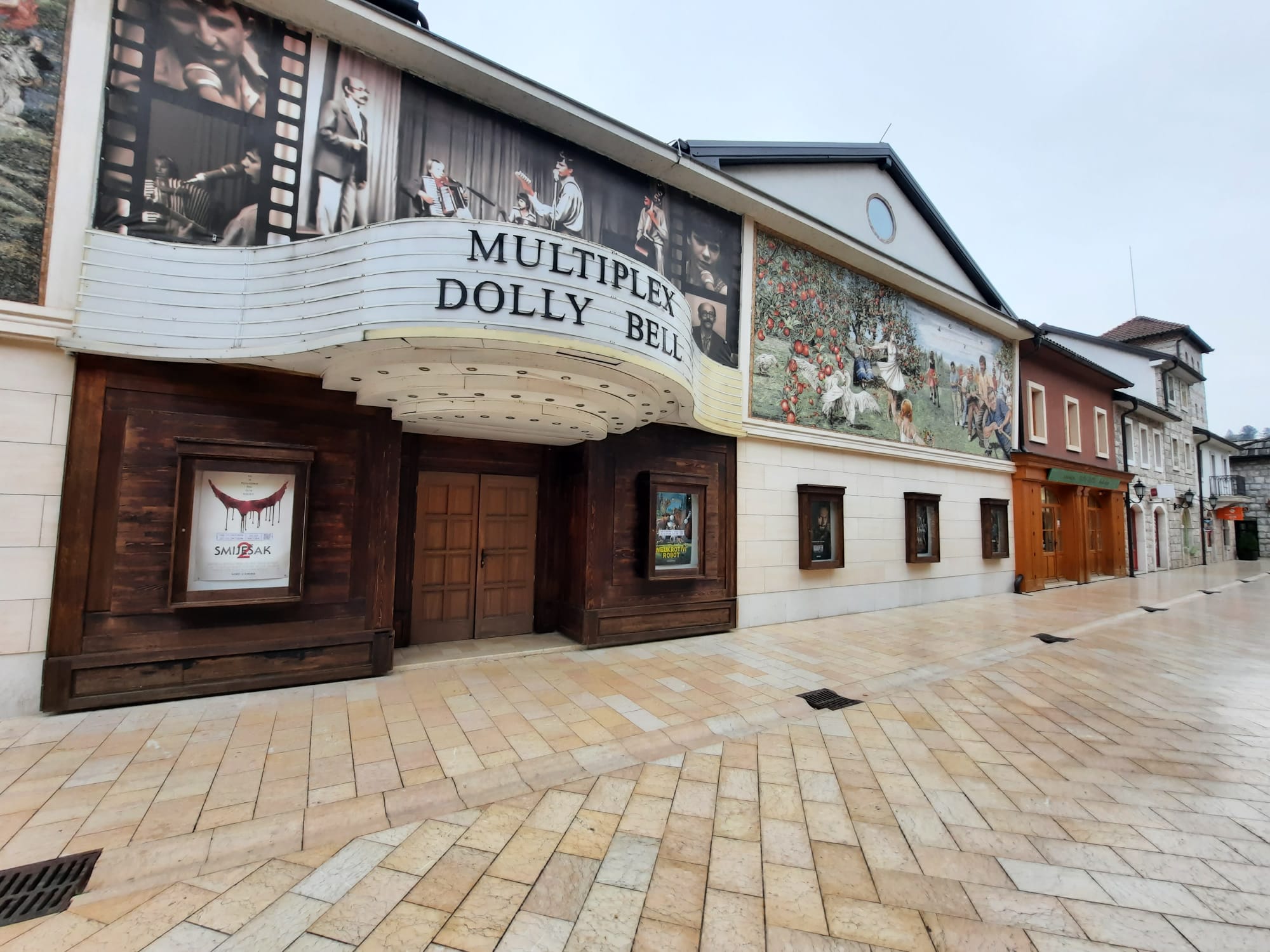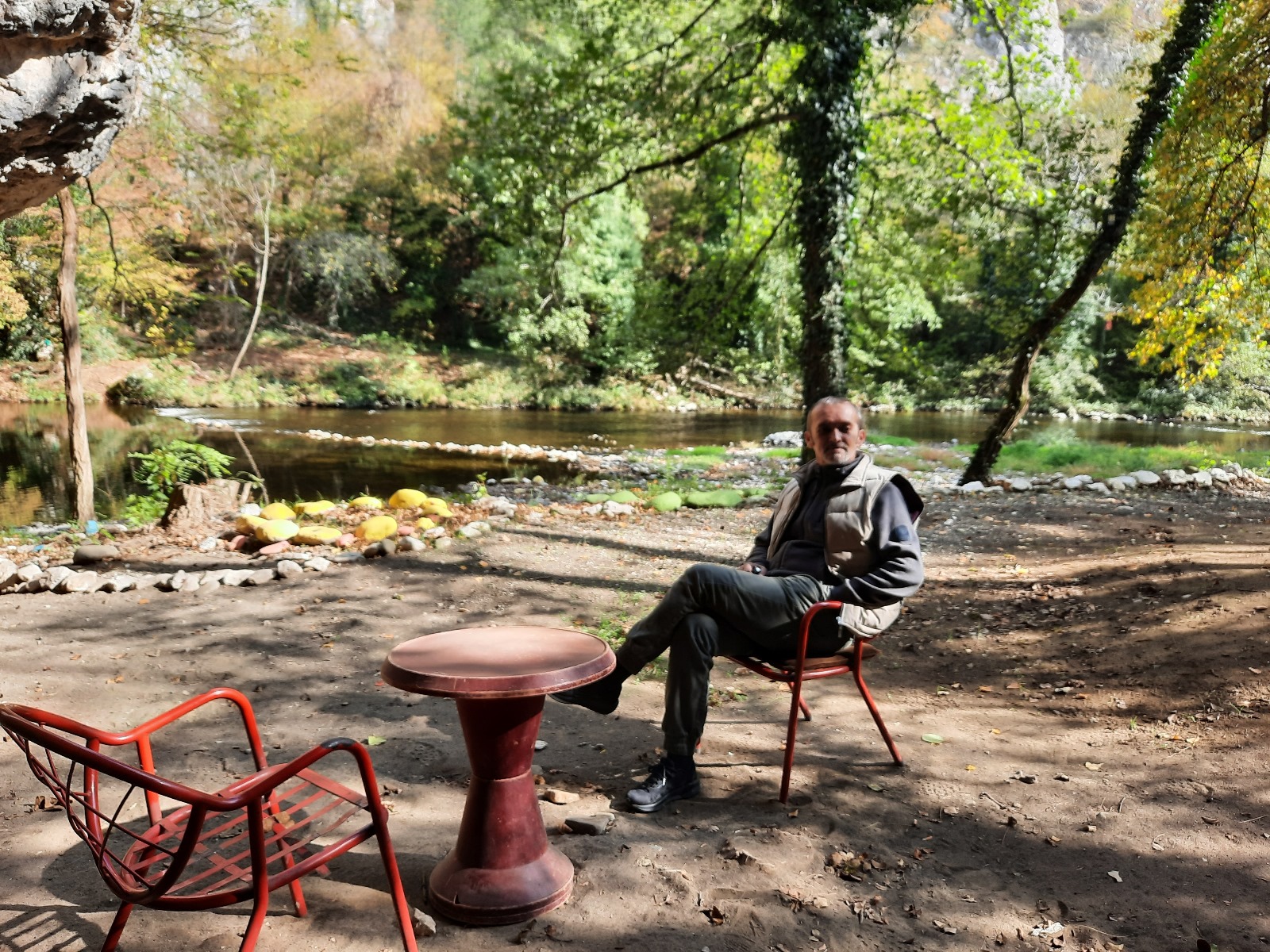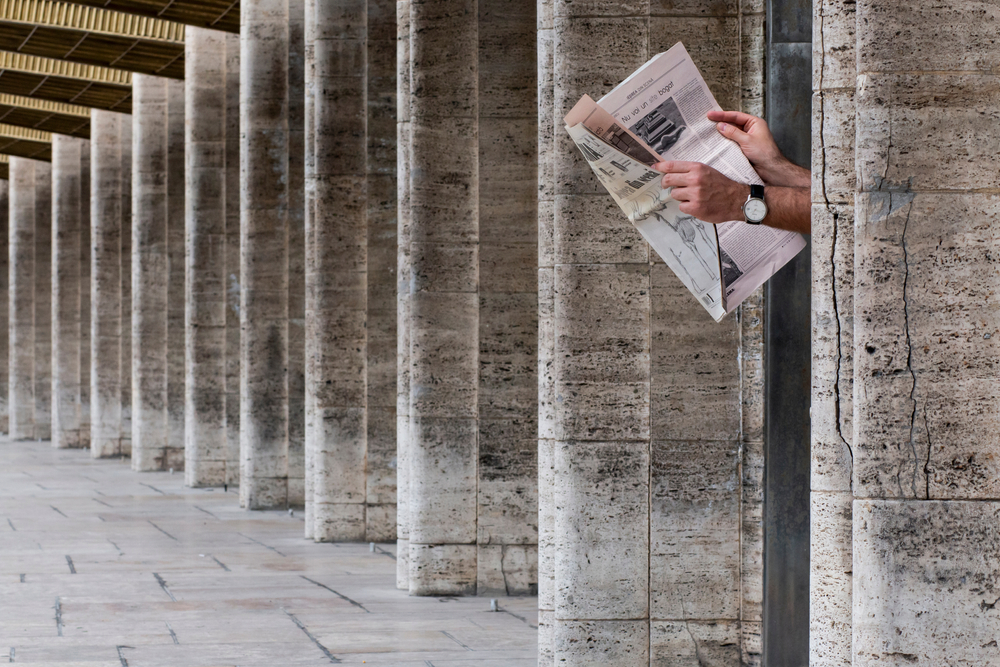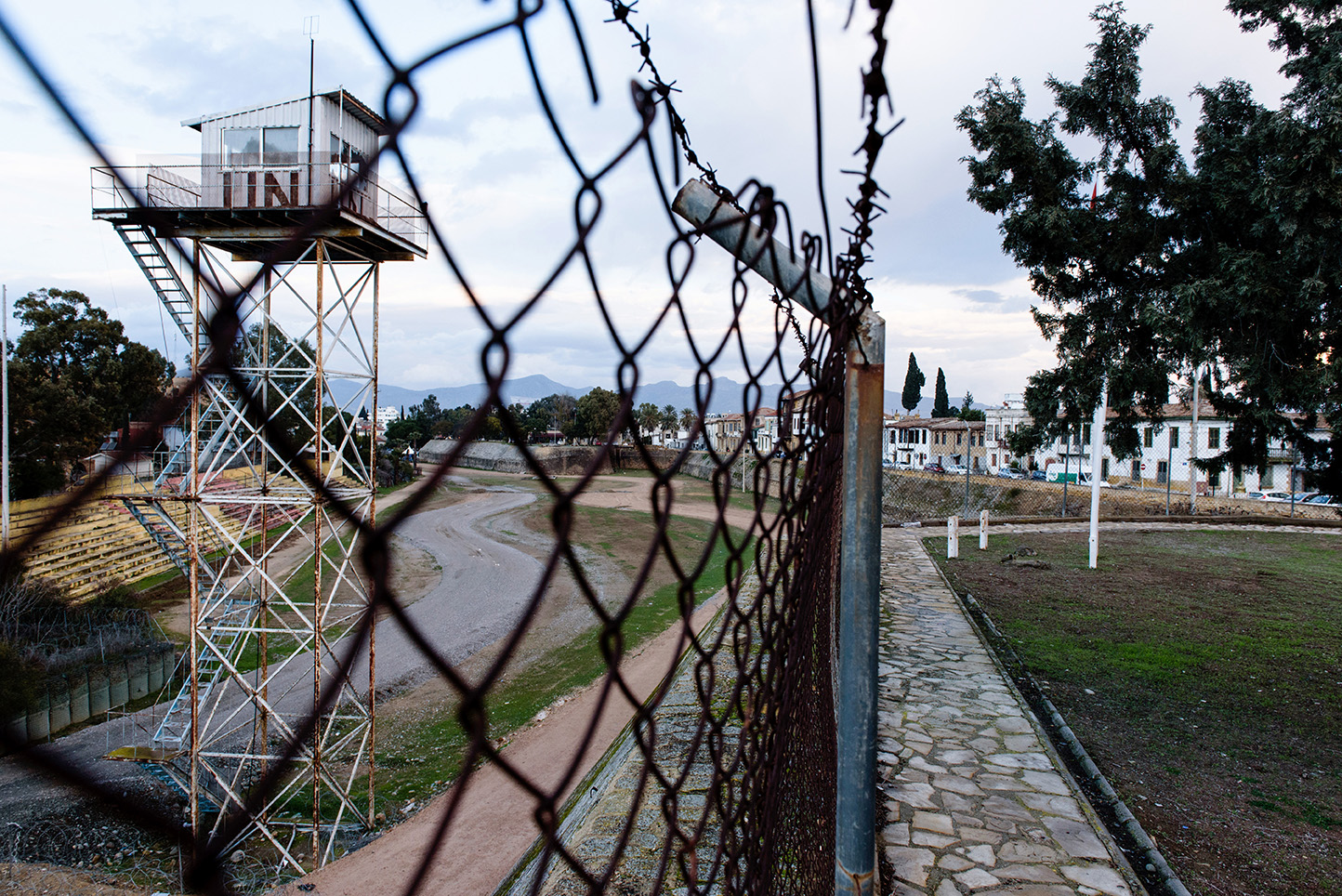Drina, Ivo Andrić and Andrićgrad
We continue our journey along the Drina, the river that enchanted Ivo Andrić. In this third and penultimate episode we visit the places where the great writer spent his childhood, and Andrićgrad, the controversial tourist complex designed by Emir Kusturica
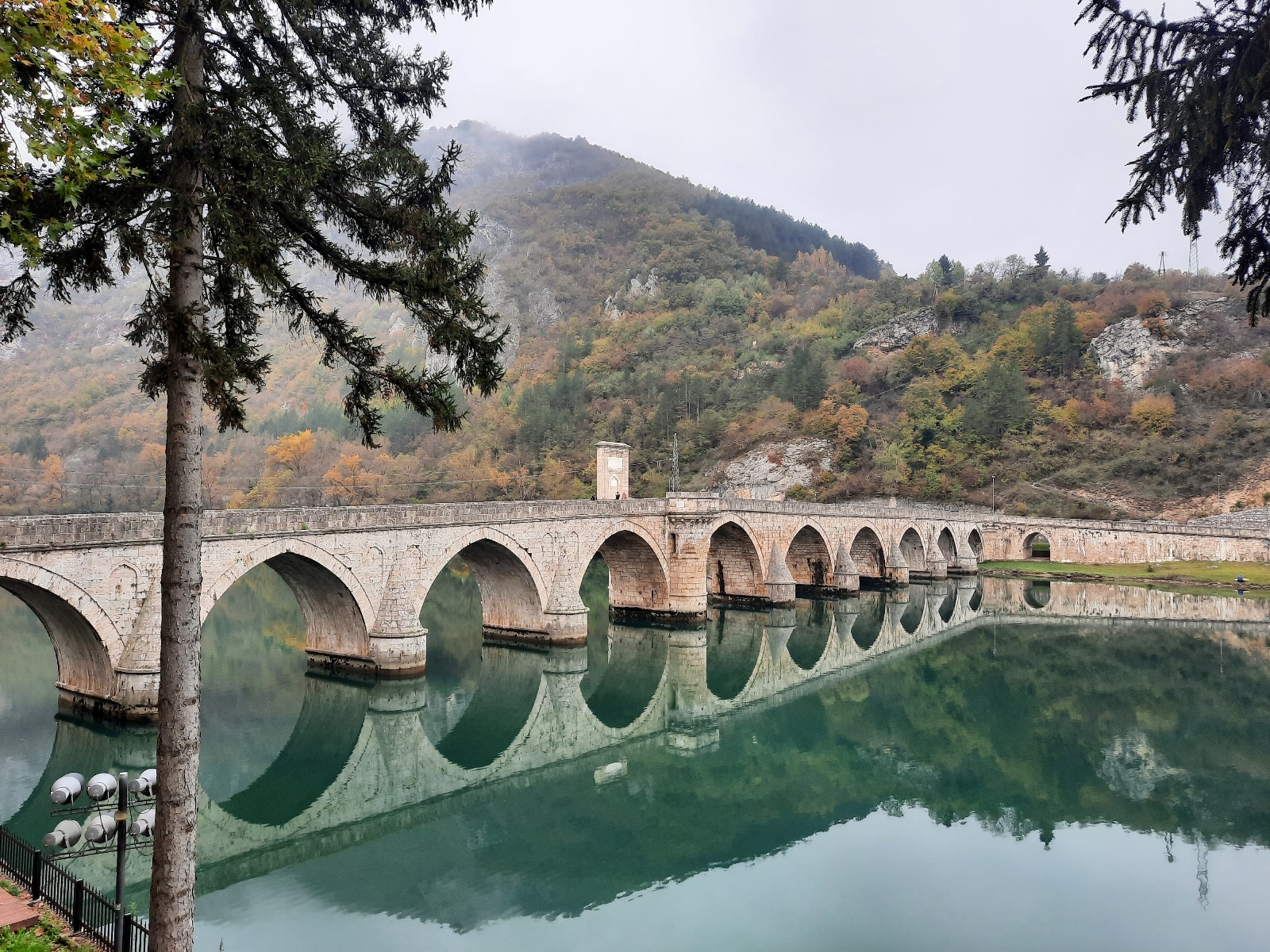
La-Drina-Ivo-Andric-e-Andricgrad
The bridge over the Drina in Višegrad (photo G. Vale)
A series of unlit tunnels swallows up the last stretch of the road from Goražde to Višegrad. The eleven-arched bridge, described by Ivo Andrić, appears at the last moment, when the profile of this city with just over ten thousand inhabitants appears clearly outlined in the shadow of the mountains.
“Although he was born in Travnik in 1892, Ivo Andrić spent his childhood in Višegrad after his father’s death”, explains Enes Škrgo, curator of the famous writer’s Memorial House in Travnik.
“He lived with his aunt and uncle and used to swim in the river after school. The Drina, as Andrić himself said in adulthood, was ‘the greatest seductress’ of his childhood”, continues Škrgo.
Ivo Andrić’s childhood
Near Višegrad, the Drina, wide and deep, receives he turbulent waters of the Rzav that rises some seventy kilometers away, in Serbia. Near the confluence of the two rivers is the building where Andrić attended elementary school in the late 19th century.
I arrive accompanied by Divna Vasić, a long-time professor of Serbian language and literature at the Višegrad High School and now retired. She shows me a plaque attached to the facade of a small building marking the water level reached by the Rzav in 1896 during the “velika poplava”, the great flood, when the Drina swelled so much that it completely submerged the Ottoman bridge.
Immediately upon entering the building, that served as a school during the Austro-Hungarian rule, we find ourselves among the school desks. On the ground floor there is a reconstructed classroom as one imagines it would have been at the time when Andrić was a child. A large map on the wall shows the borders between the Habsburg Empire and the Ottoman Empire, while behind the teacher’s desk, a portrait of Emperor Franz Joseph slyly dominates.
There is another building in the city associated with Andrić – his aunt’s house, a low, pink building on the left bank of the Drina.
“In 1953 Andrić donated the property to the municipality of Višegrad, which in the same year, quite unexpectedly, decided to sell it”, points out Enes Škrgo.
The building is still owned by the family that bought it in the early 1950s, although no one currently lives in this little house by the water. “The Muslim family fled Višegrad in 1992”, explains Škrgo.
Andrićgrad
Almost opposite the house where the writer spent his childhood, lies the peninsula on which “Andrićgrad” (also known as Kamengrad), the controversial tourist complex designed by director Emir Kusturica, was built between 2011 and 2014.
It is accessed from the south, through a large stone gates that are supposed to recall the fortified villages of medieval Bosnia. Once inside, you are dazzled by the whiteness of the marble of the buildings (actually the covering, that is already falling off), while the paved street, resembling Dubrovnik’s Stradun, leads to the main square, guarded day and night by a statue of Ivo Andrić (along with many others).
It is hard to say exactly what Andrićgrad is. There is a Parisian café with an olive-green terrace and large windows, an Ottoman square designed as a caravanserai, lace walls, the “Dolly Bell” multiplex cinema with a portrait of Gavrilo Princip on the facade, as well as souvenir shops, ATMs, a few bars and, of course, a new Orthodox church.
There is also a research institute, dedicated to Ivo Andrić, which organizes exhibitions and publishes studies on Serbian literature. International cooperation has also been established – as they explain to me inside – with institutes in Banja Luka and Belgrade.
“There is nothing so distant from the philosophy and life of Ivo Andrić as Andrićgrad”, says Enes Škrgo.
“A Disneyland in the casbah”, as Bosnian writer Nenad Veličković called it in an article published by Deutsche Welle in 2013.
However, several residents of Višegrad admit, almost in a whisper, that “thanks to Andrićgrad, there has been at least some tourism in the city”.
Near the Orthodox church, on the tip of the peninsula, a hotel welcomes tourists who arrive by boat to see not so much the bridge commissioned by the grand vizier Mehmed Paša Sokolović (a world heritage site since 2007) as the plasterboard amusement park designed by Kusturica.
Back to the river
Meanwhile, the Drina flows cold and wavy under the eleven arches and nearly 180 meters of the Ottoman bridge. Few people swim in the river in Višegrad. “The water is too cold. Usually people go about fifteen kilometers downstream”, explains Aleksandar Kojić, president of the Republika Srpska (RS) sport fishing association.
What the river offers near Višegrad is fish. “Trout, catfish, carp, perch… near the hydroelectric power plant ‘HE Višegrad’ you can also find Danube salmon”, assures Aleksandar Kojić, emphasising that “the river is rich in fish and clean”.
The problem – continues Kojić – is the illegal landfill further upstream. Every year, the dam of the hydroelectric plant in Višegrad (a few kilometers from the town) swells due to the waste arriving from the areas further upstream, especially along the Lim, the tributary that flows into the Drina near Međeđa.
At least once a year, in winter, photos of the garbage island on the Drina go viral, regularly captured also by the European satellite program Copernicus. It seems to be a tradition.
Milenko Govedarica, better known as Mića, knows something about it. Before inaugurating the “beach of love” on the Rzav River, near the Dobrun mosque and a few kilometers from the border with Serbia, Mića spent the long months of the pandemic in 2020 cleaning this area of waste.
A free thinker, creator of felt objects, previously dedicated to organising techno concerts, Mića is an unusual character.
“The Rzav River is 26 km long and was about to be destroyed by a project that included the construction of seven mini hydroelectric power plants. We fought and managed to stop everything”, he tells me as we speed in his car on the M5 state road, which follows the Drina from Ustiprača (between Goražde and Višegrad) to the border with Serbia.
“In the past, people did not swim in Rzav, but since I opened my beach, two more have appeared. People are getting closer to nature again”, continues Mića with satisfaction.
After clearing the waste from this part of the river, Mića created paths with colored stones and improvised a large counter on the riverbank. In the summer, he parks his car near the old Habsburg railway line and uses a makeshift cart to transport drinks along the tracks and to the beach. “The mosque is the owner of this area and they allowed me to use it”, explains Mića and adds: “I get along with everyone”.
As we visit the “beach of love”, the water is cold and the chairs and tables, hidden in a cave, are waiting for the nice weather. The only visitor is a cat that follows Mića wherever he goes.
“I started feeding him and lo and behold…”, says Mića shrugging. At the top of the mountain overlooking the beach, we see the medieval fortress of Dobrun.
On the other side of the river, a railway, built by the Habsburgs during World War I, runs to the border with Serbia. It once led to Sarajevo. Today it is part of the Šarganska osmica, a tourist railway that cuts through the Tara National Park in Serbia.
Our journey takes us in that direction, while the Drina heads straight north through increasingly inaccessible canyons. We will meet it again shortly before Bajina Bašta, in Serbia, in the last episode of this report.
This publication has been produced within the Collaborative and Investigative Journalism Initiative (CIJI ), a project co-funded by the European Commission. The contents of this publication are the sole responsibility of Osservatorio Balcani Caucaso Transeuropa and do not reflect the views of the European Union. Go to the project page

